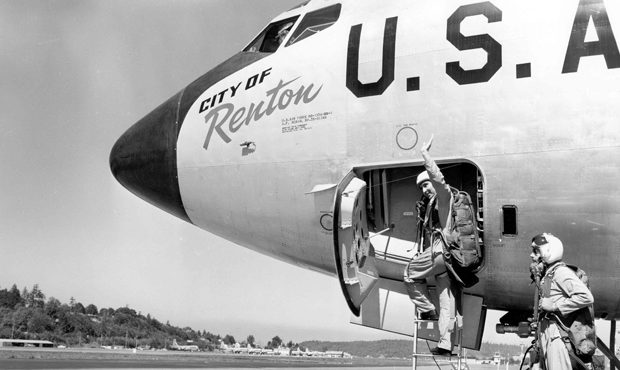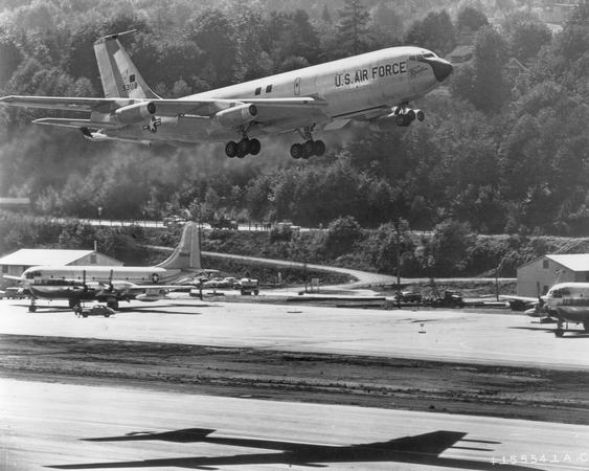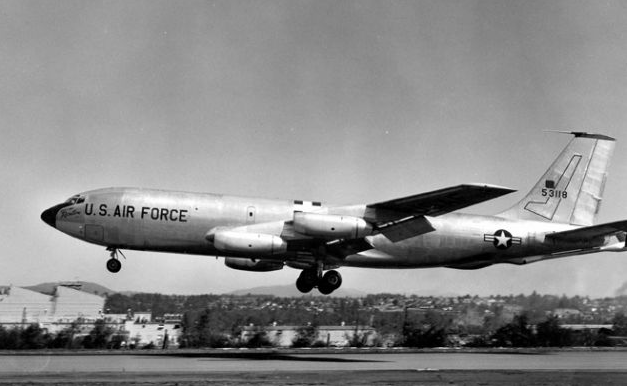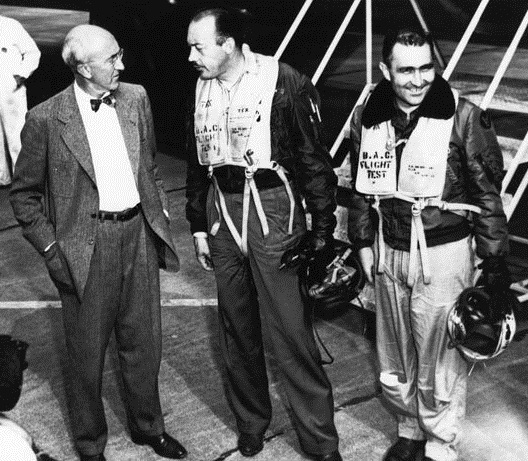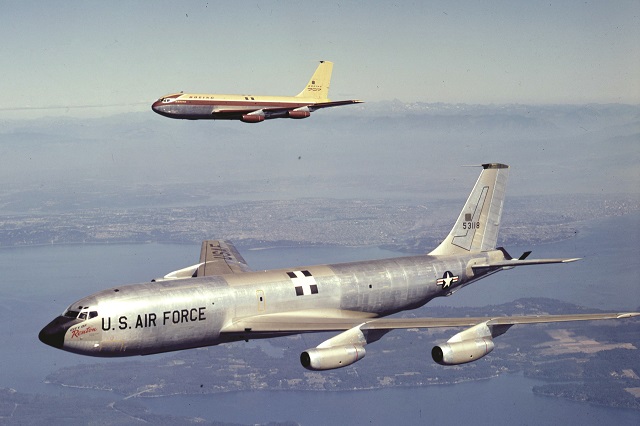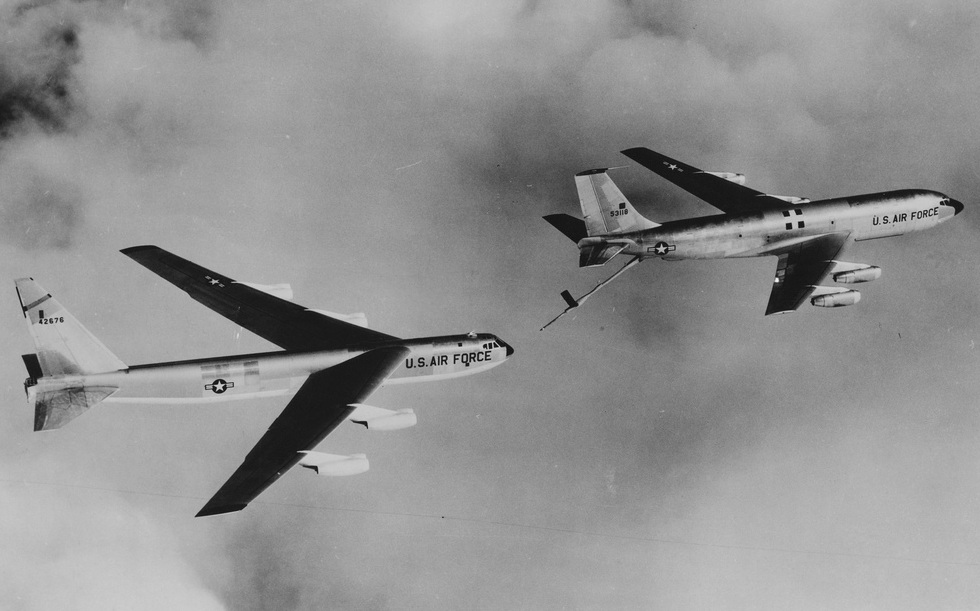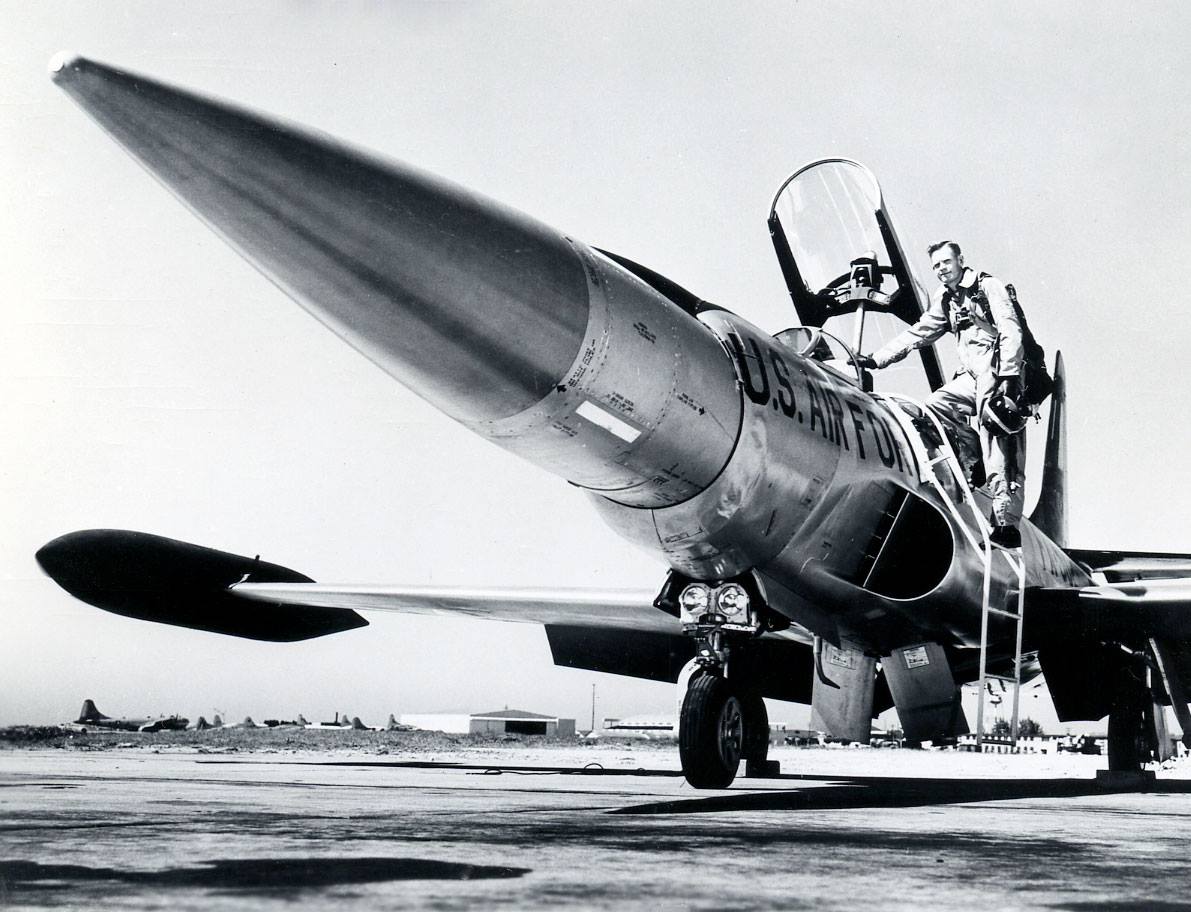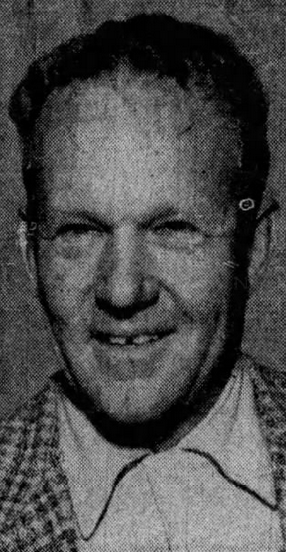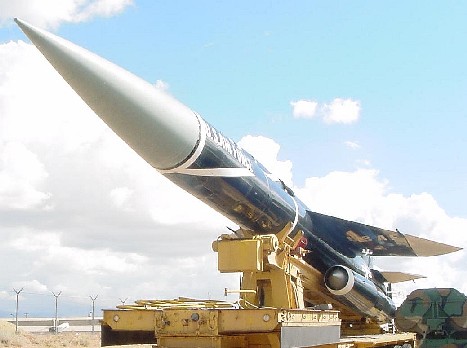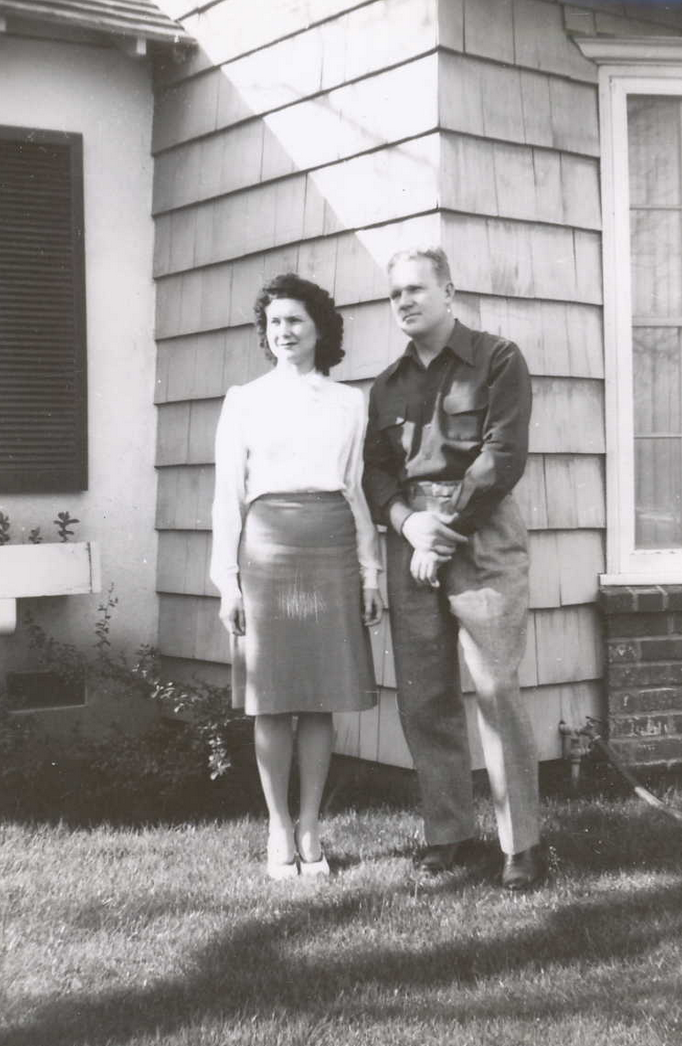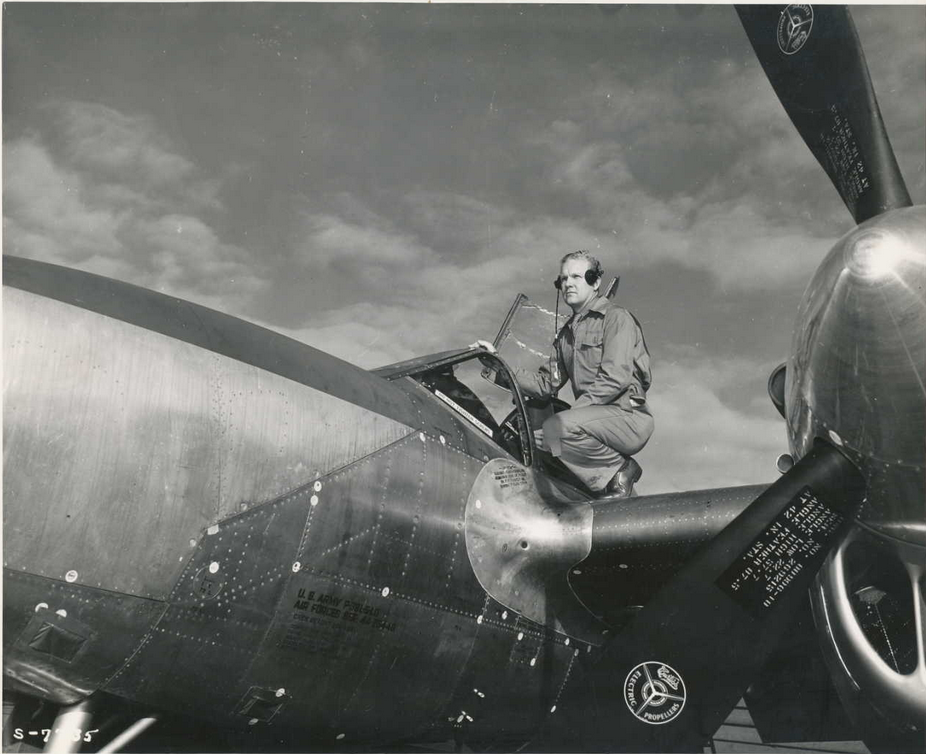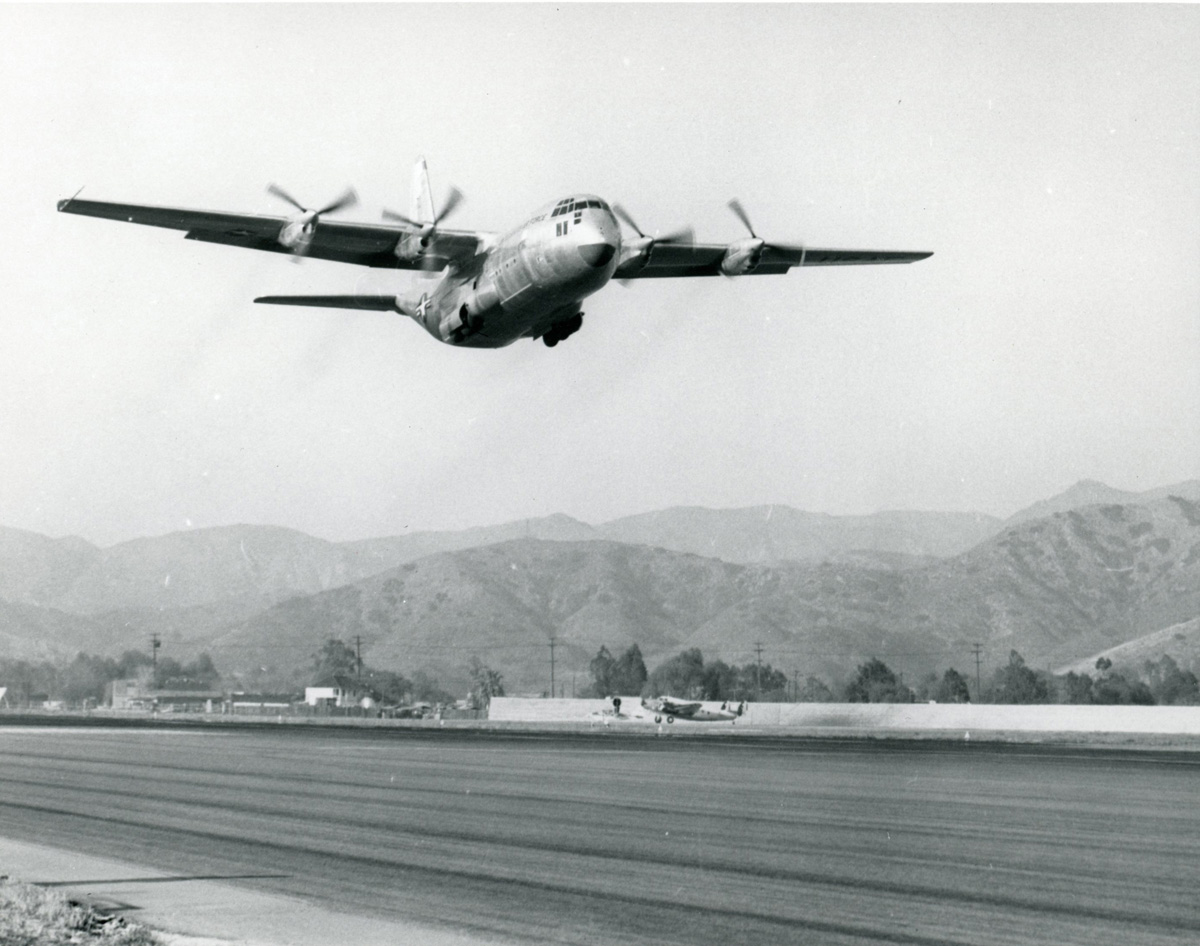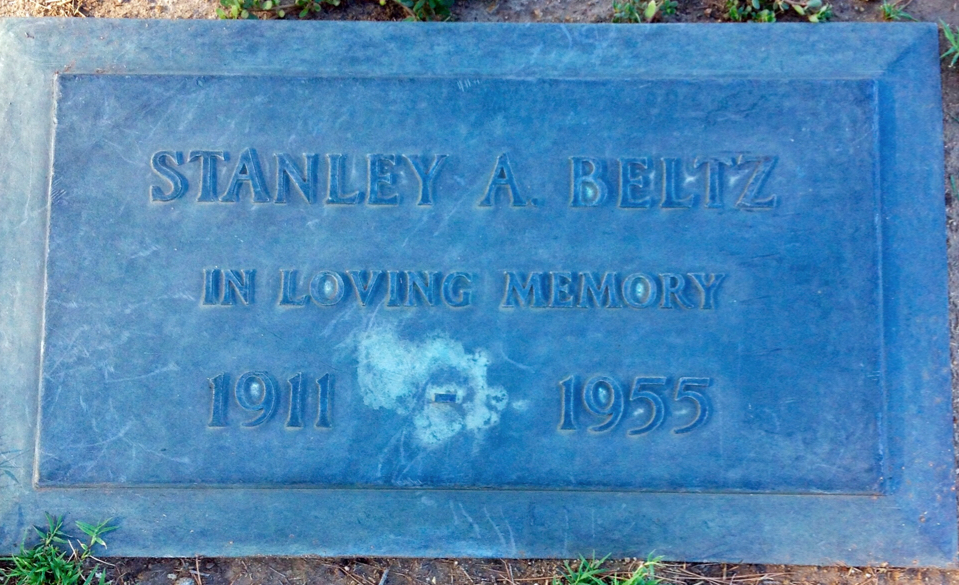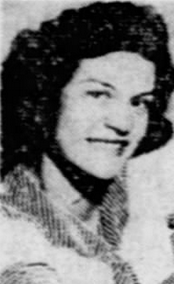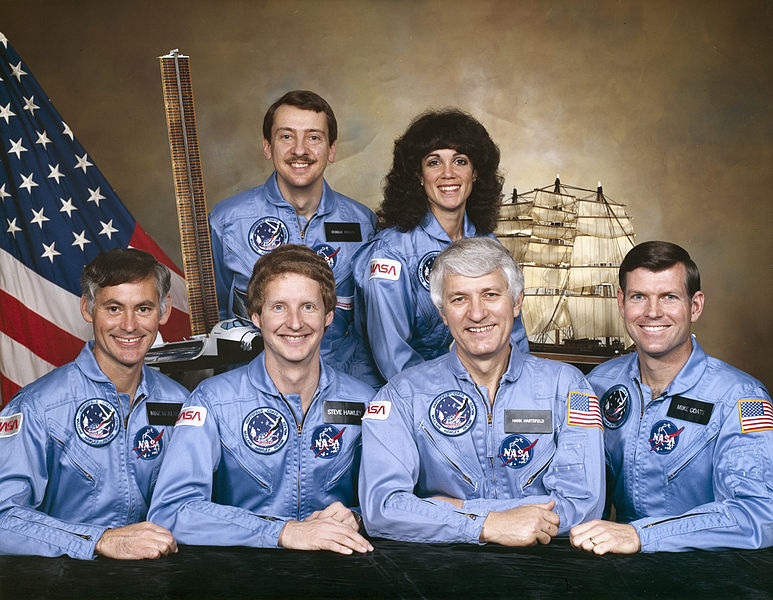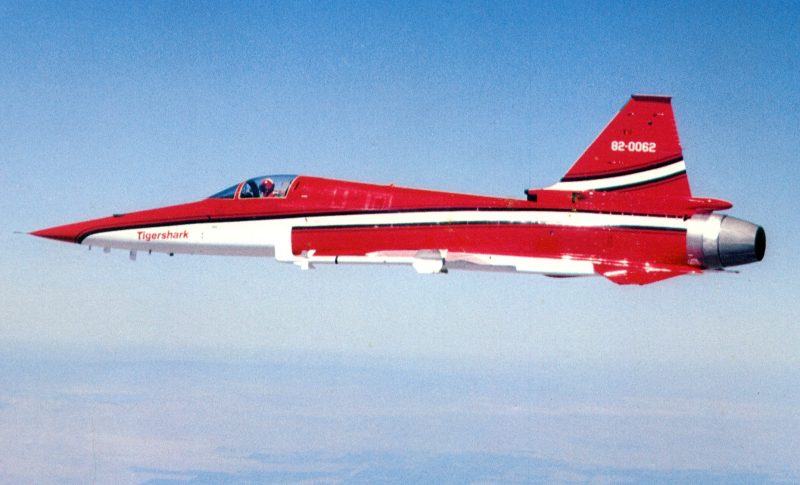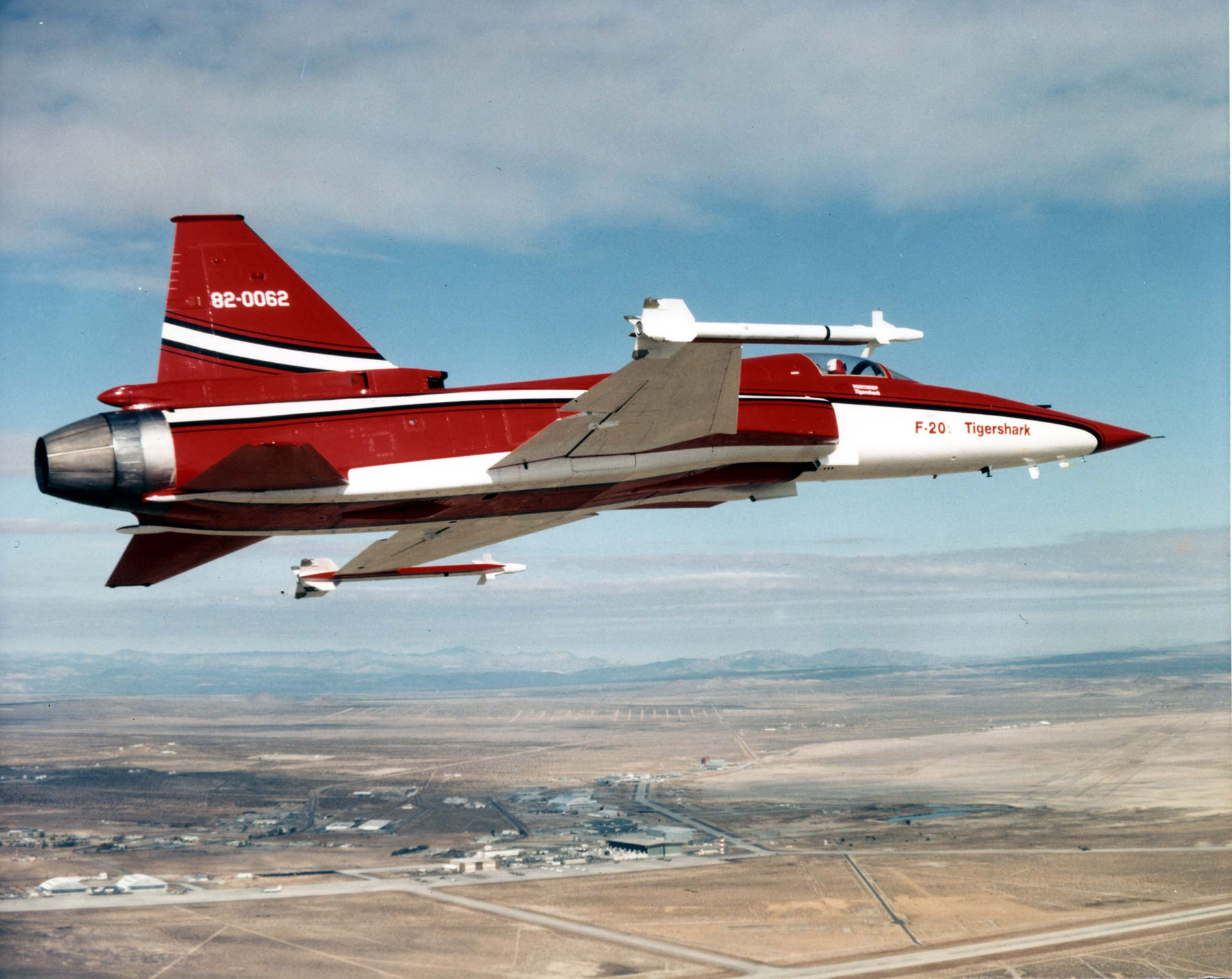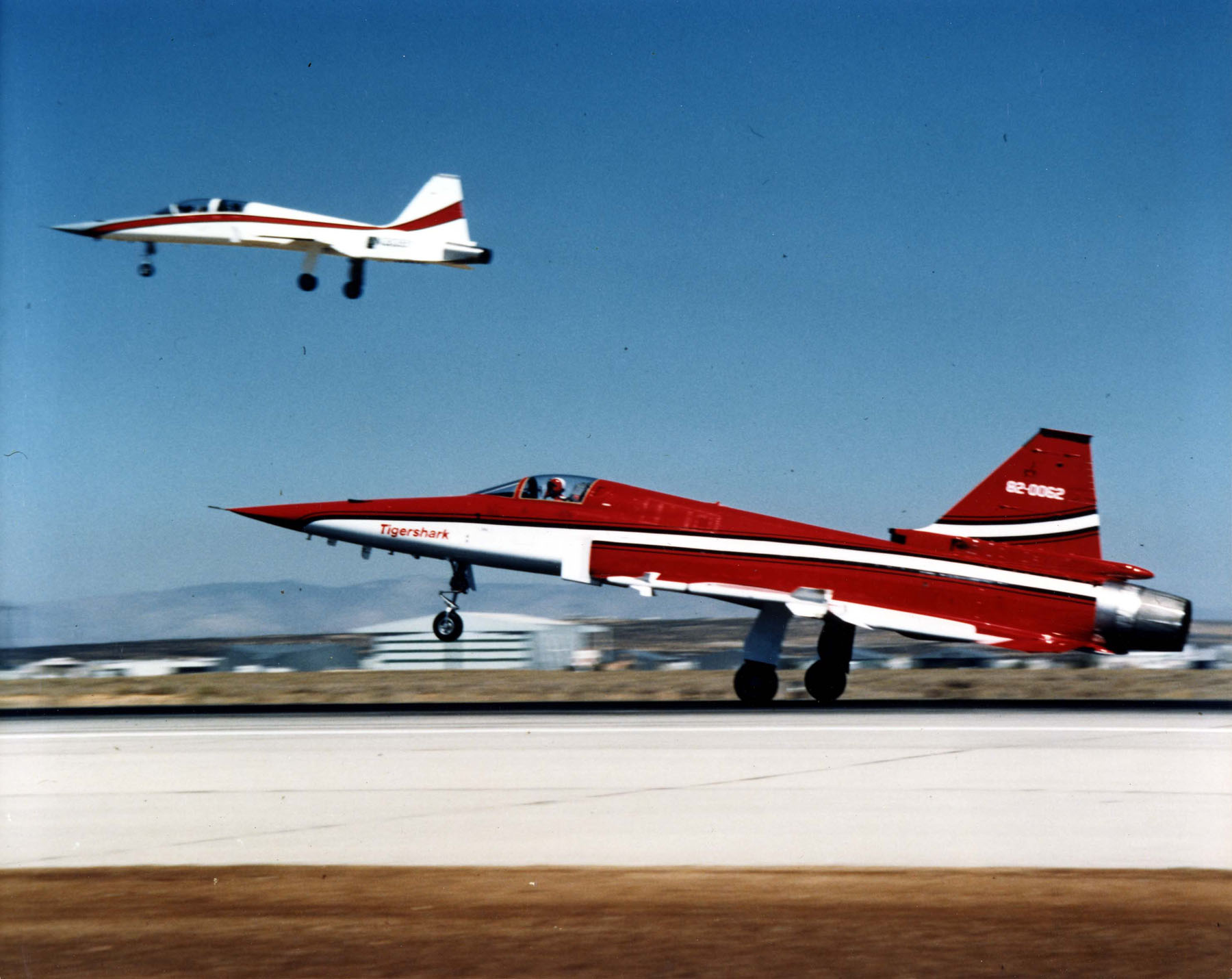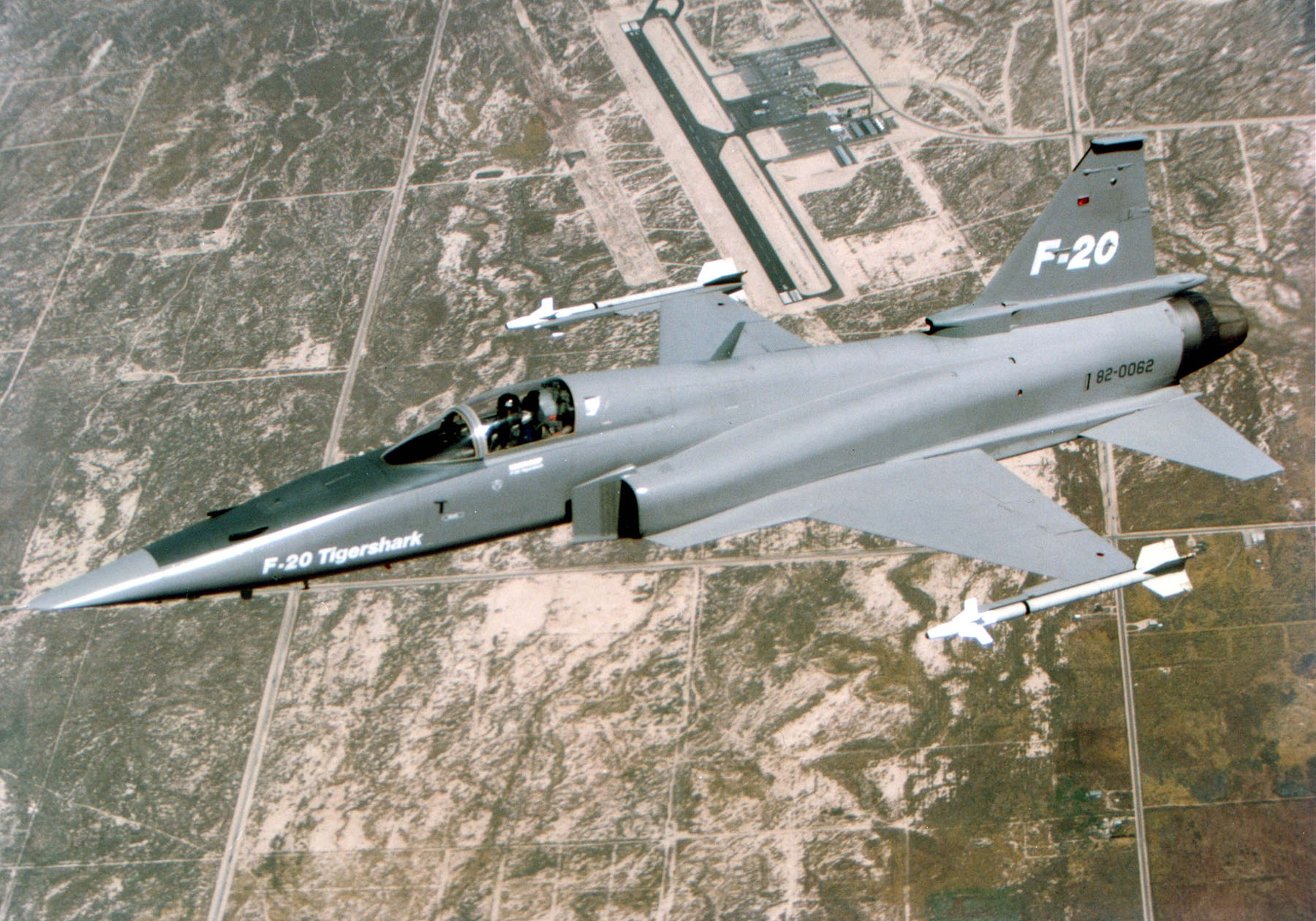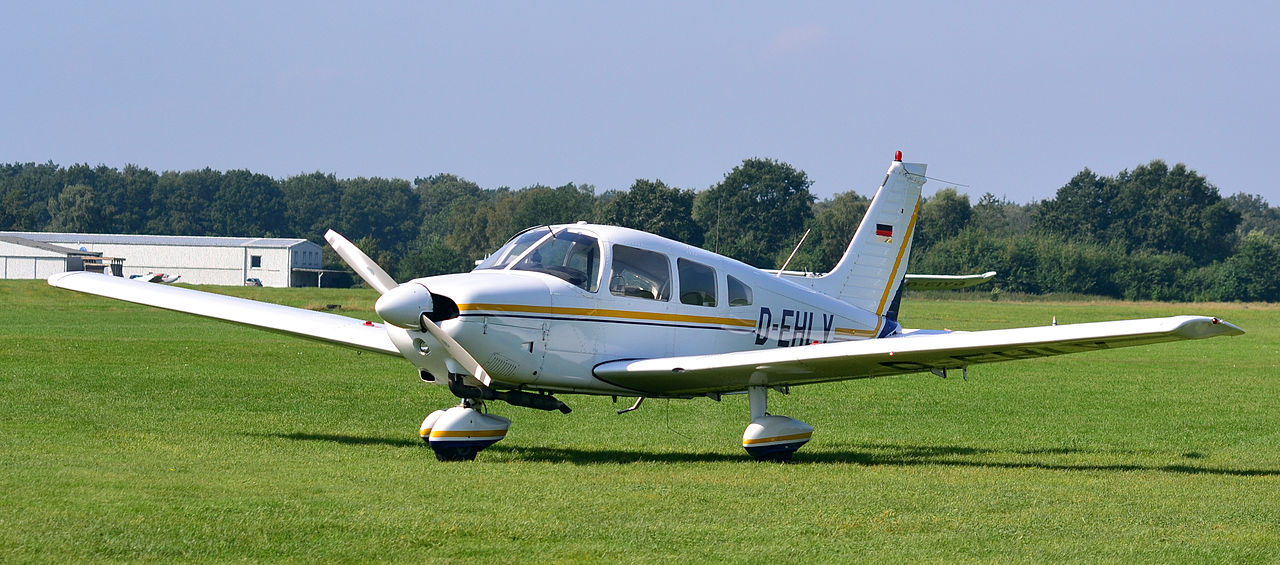
31 August 1986: At approximately 11:41 a.m., Pacific Daylight Time, William Kenneth Kramer departed Zamperini Field (TOA) at Torrance, California, flying a Piper PA-28-181 Archer II, FAA registration N4891F.
The PA-28-181 was a single-engine, four-place, light airplane with fixed tricycle landing gear, built by the Piper Aircraft Corporation in 1976. It carried the manufacturer’s serial number 77-90070. The airplane was owned by William Kramer.
In addition to the pilot, there were two passengers on board, Kathleen O’Connell Kramer, Kramer’s wife of 30 years, and their 26-year-old daughter, Caroline. The family’s destination was Big Bear City Airport (L35), high in the San Bernardino Mountains of Southern California.
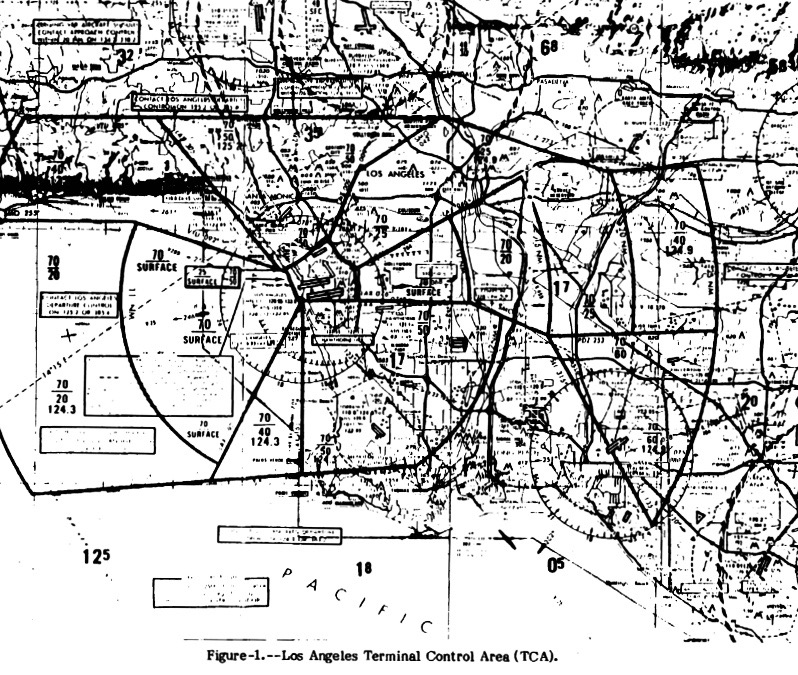
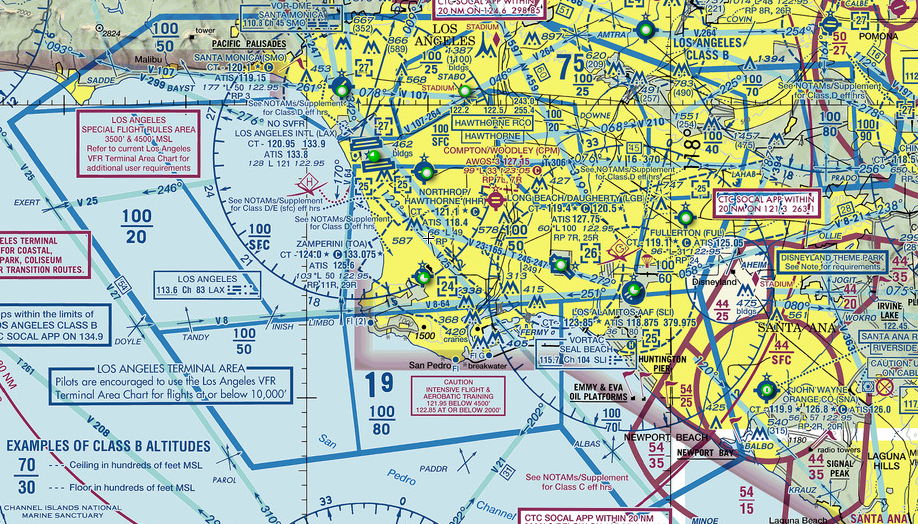
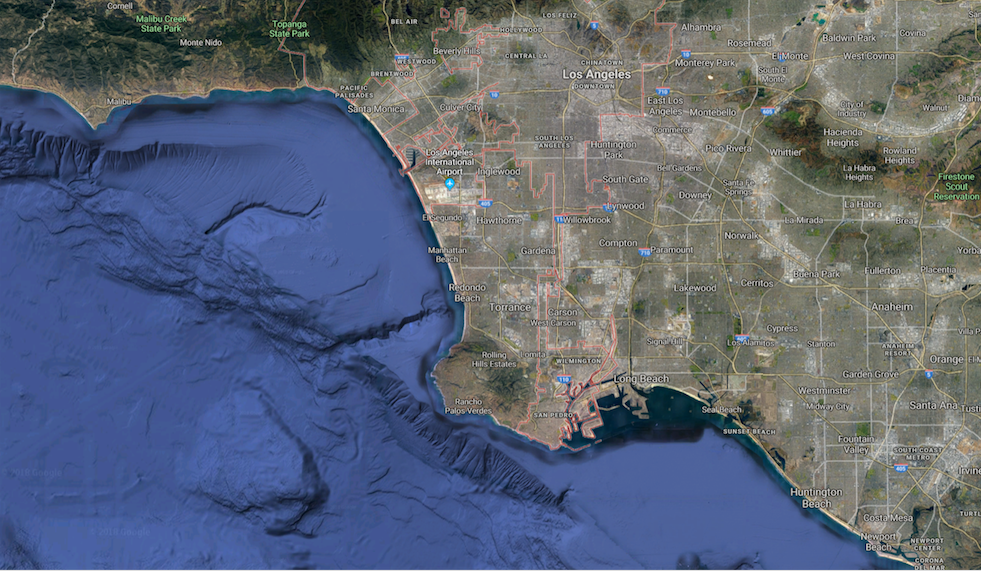
Three major airports in the immediate area reported that the sky was clear and visibility was 14–15 miles (22.5–24.1 kilometers).
As Kramer climbed toward his cruise altitude, he deviated from the Visual Flight Rules (VFR) Flight Plan which he had filed with the nearby Hawthorne Flight Service Station prior to takeoff. Without authorization from Air Traffic Control, the pilot entered a segment of the Los Angeles Terminal Control Area.
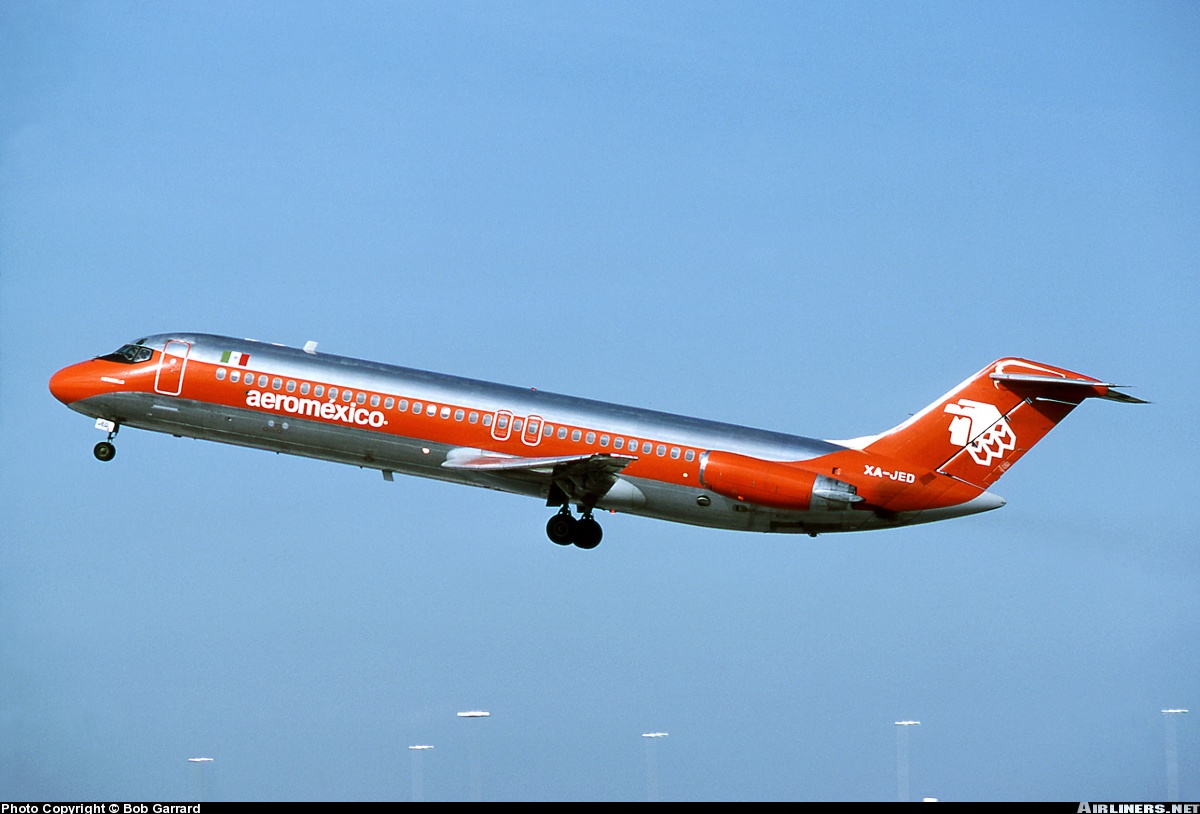
Aeroméxico Flight 498 was a regularly-scheduled flight from Mexico City to Los Angeles, with intermediate stops at Guadalajara, Loreto and Tijuana. The airliner was a 1969 McDonnell Douglas DC-9-32, serial number 47356, owned by Aeronaves de México S.A., and registered in Estados Unidos Mexicanos (Mexico) as XA-JED. Aeroméxico had named it Hermosillo.
The pilot in command of the airliner was Captain Antonio Valdez-Prom, with First Officer Jose Hector Valencia. There were four flight attendants and 58 passengers. The DC-9 was descending from 10,000 feet (3,048 meters) for an instrument approach and landing at Los Angeles International Airport (LAX).
Flight 498 was descending in northwesterly direction, while the Archer was climbing, eastbound.
At 11:52:09 a.m., as the DC-9 descended through an altitude of approximately 6,660 feet (2,030 meters),¹ the Piper collided with the left side of the DC-9’s vertical fin, just below the horizontal stabilizer. The angle of collision was approximately 90°. The airliner’s entire horizontal stabilizer and rudder were torn from the aircraft.
All three persons aboard the light airplane were decapitated.² The Archer was heavily damaged, and with no one left alive to fly it, crashed on the playground of Cerritos Elementary School.
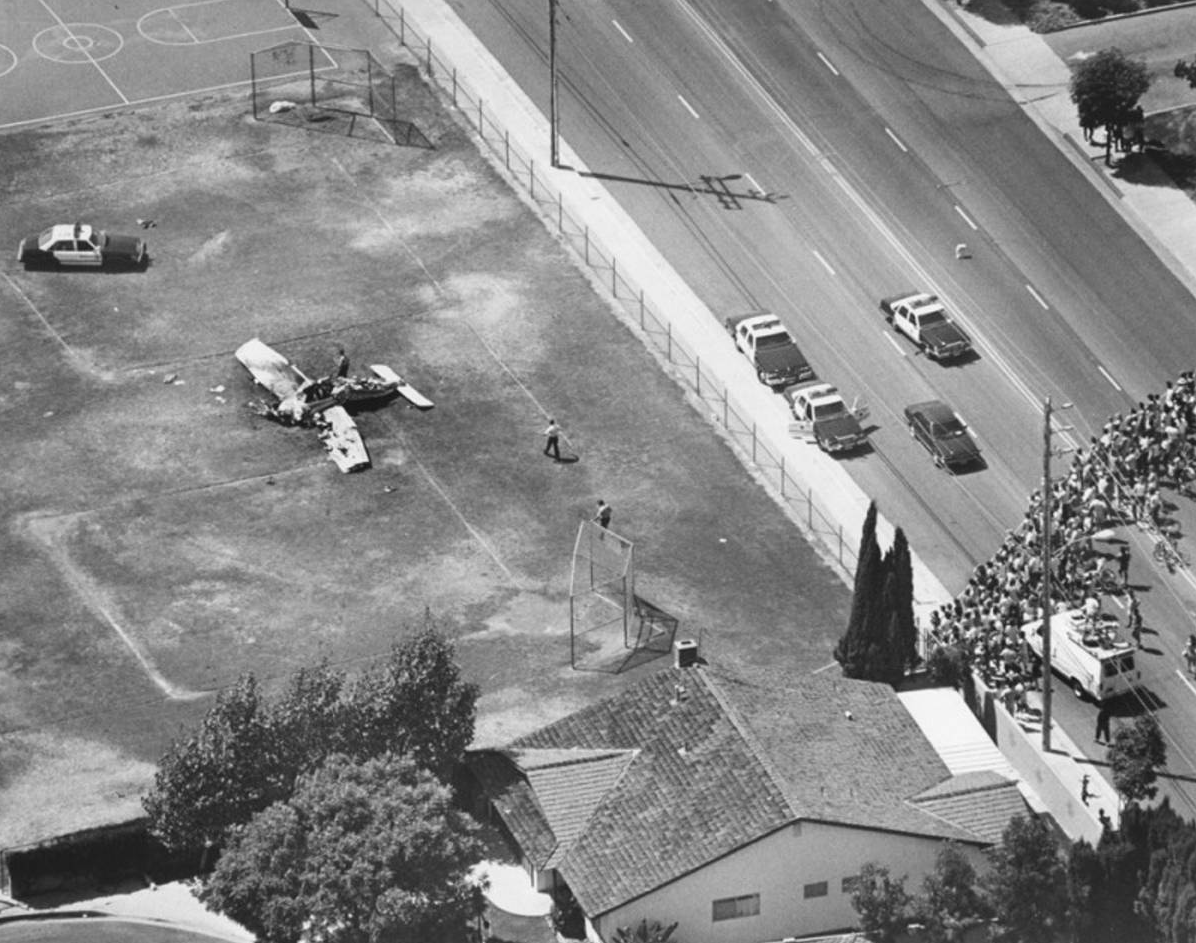

The DC-9’s cockpit voice recorder picked up Captain Valdez-Prom’s exclamation, “Oh [deleted], this can’t be!”
The Aeroméxico pilots had no way to control their damaged DC-9. It rolled inverted and crashed into a residential neighborhood in Cerritos, California.
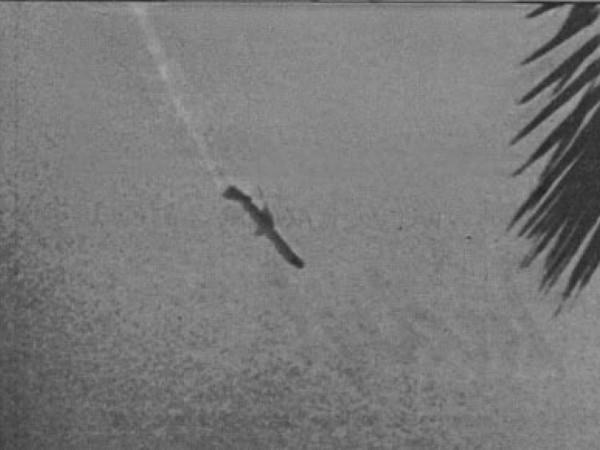
All 64 persons on the DC-9, and another 15 on the ground, were killed. Eight persons on the ground were injured. Five homes were destroyed and another seven were damaged.
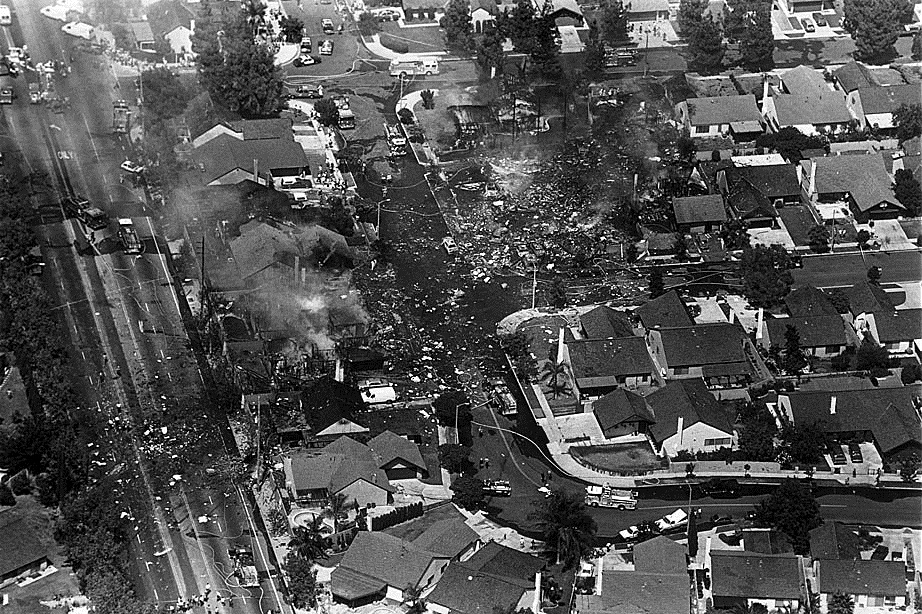
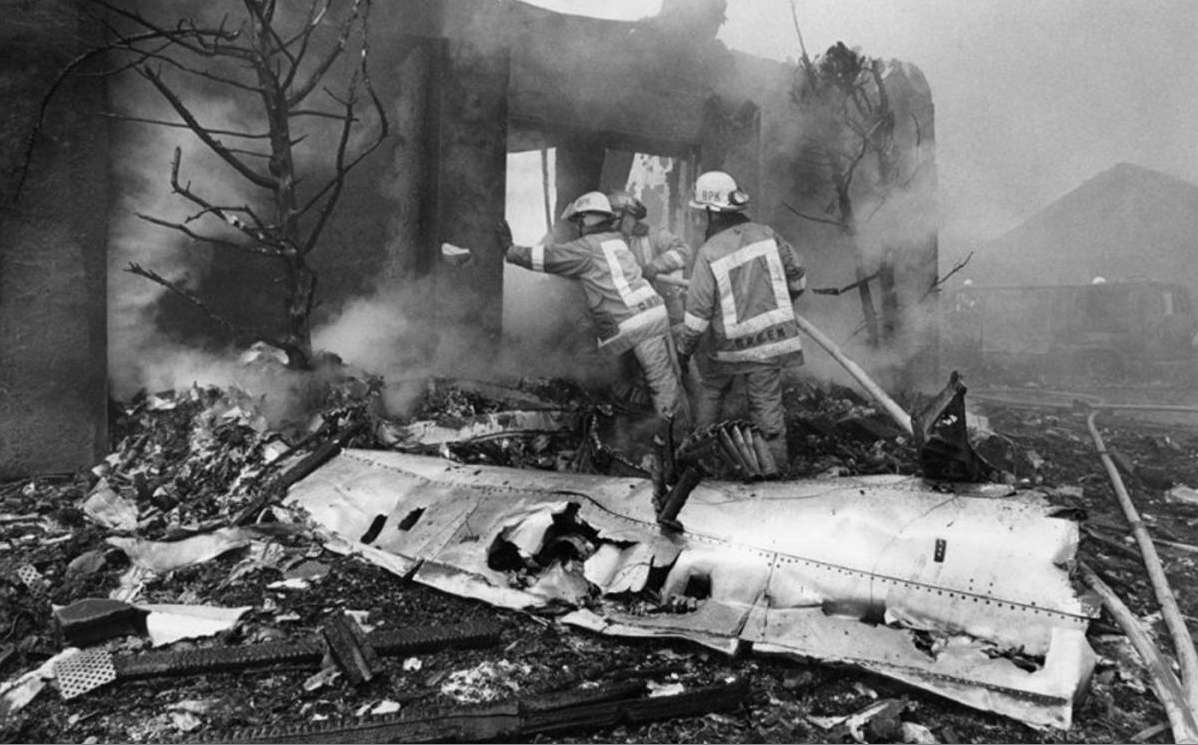
William Kenneth Kramer held a Federal Aviation Administration Airman’s Certificate with Private Pilot privileges and an Airplane–Single Engine Land rating. His medical certificate required that he wear corrective lenses while flying. Kramer had been licensed by the FAA for six years, and at the time of the accident, he had flown a total of 231 hours.
Kramer had moved to the Los Angeles area from Spokane, Washington, less than a year earlier. He had made just seven flights, totaling 5.5 hours, in one of the most complex and congested Terminal Control Areas in the United States.
Captain Antonio Valdez-Prom had been employed by Aeroméxico for fourteen years. He held Airline Transport Pilot certificates in both Mexico and the United States, and was type-rated in the DC-9. He had flown a total of 10,641 hours, with 4,632 hours in the McDonnell Douglas DC-9.
First Officer Jose Hector Valencia had been employed by Aeroméxico for just over two years. He was a licensed Commercial Pilot in both Mexico and the United States. He had flown a total of 1,463 hours, with 1,245 hours in the DC-9. Like Kramer, Valencia was required to wear corrective lenses.
The National Transportation Safety Board (NTSB) placed the blame for the accident on the air traffic control system:
3.2 Probable cause
The National Transportation Safety Board determines that the probable cause of the accident was the limitations of the air traffic control system to provide collision protection, through both air traffic control procedures and automated redundancy. Factors contributing to the accident were (1) the inadvertent and unauthorized entry of the PA-28 into the Los Angeles Terminal Control Area and (2) the limitations of the “see and avoid” concept to insure traffic separation under the conditions of the conflict.
—NTSB/AAR-87/07 Aircraft Accident Report—Midair Collision of Aeronaves de México, S.A., McDonnell Douglas DC-8-32, XA-JED and Piper PA-28-181, N4891F, Cerritos, California August 31, 1986 Chapter 3 at Page 52
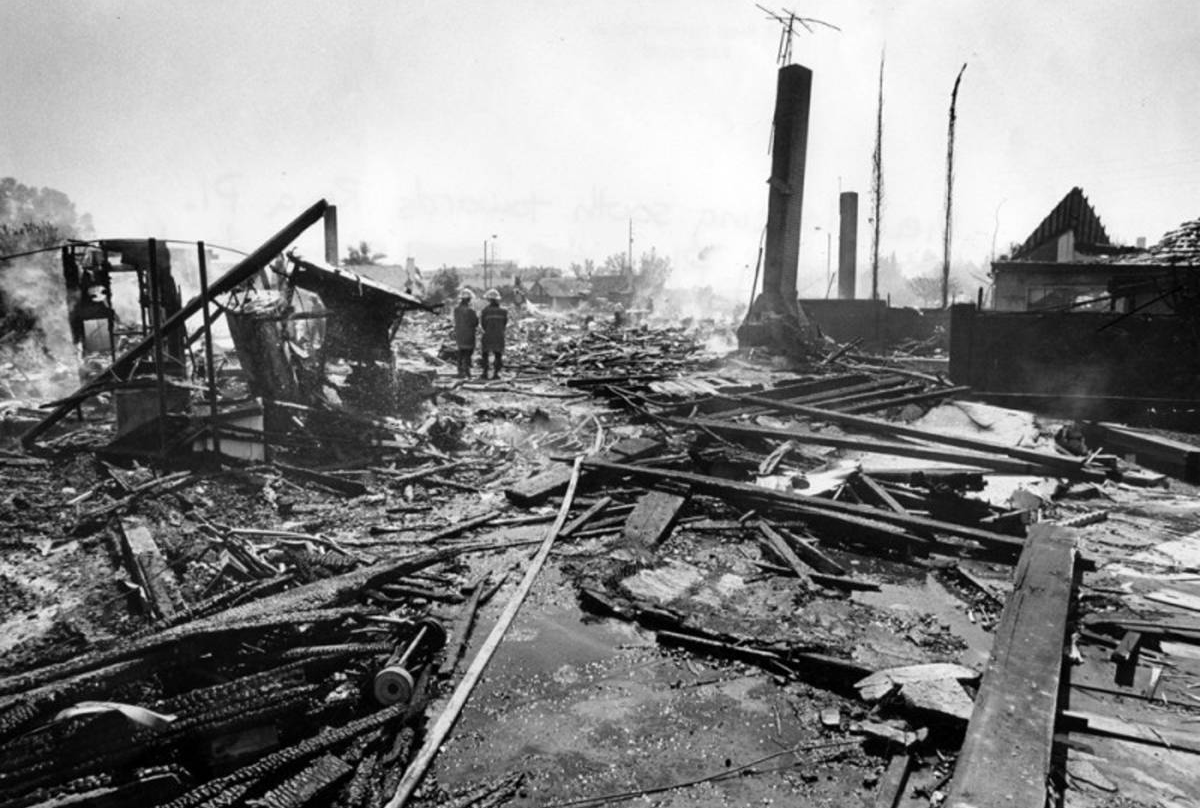
♦♦♦ OPINION ♦♦♦
It is the opinion of This Day in Aviation that the Probable Cause of this accident as determined by the National Transportation Safety Board was a political statement. As far back as 1956, with the mid-air collision of a United Air Lines Douglas DC-7 and a Trans World Airlines Lockheed Super Constellation over the Grand Canyon of Arizona, the Civil Aeronautics Board and its successor, the NTSB, had repeatedly placed emphasis on the role of air traffic control (or, the lack thereof) in a number of mid-air collisions, and had been recommending numerous improvements.
TDiA believes that these recommendations were valid.
However, coming to a political conclusion hides the actual cause of the accident. When investigators look for a cause, they evaluate each individual factor. That single factor, which, if it had not occurred, results in no accident taking place—all other factors being the same—is the cause.
In this case, the pilot of the light airplane had filed a Visual Flight Rules flight plan that would have taken him initially to the southwest from Torrance Airport toward Long Beach Airport, and around the controlled airspace of Los Angeles International Airport. If he had followed his planned route no collision would have occurred. However, he flew directly east and as he climbed, he entered the Los Angeles TCA without ATC clearance. This was a significant violation of FAA regulations.
If the crew of Aeroméxico Flight 498 had performed in exactly the same way, flew the same path and descent, but the Piper Archer had remained clear of the TCA as required, there would have been no collision.
If air traffic controllers involved with the airliner and the private airplane had performed in exactly the same way as they had, but the Archer had not violated the TCA, there would have been no collision.
The inescapable conclusion is that William Kramer, by flying into the Los Angeles Terminal Control Area, caused the mid-air collision between his airplane and the Aeroméxico DC-9.
♦ ♦ ♦ ♦ ♦ ♦
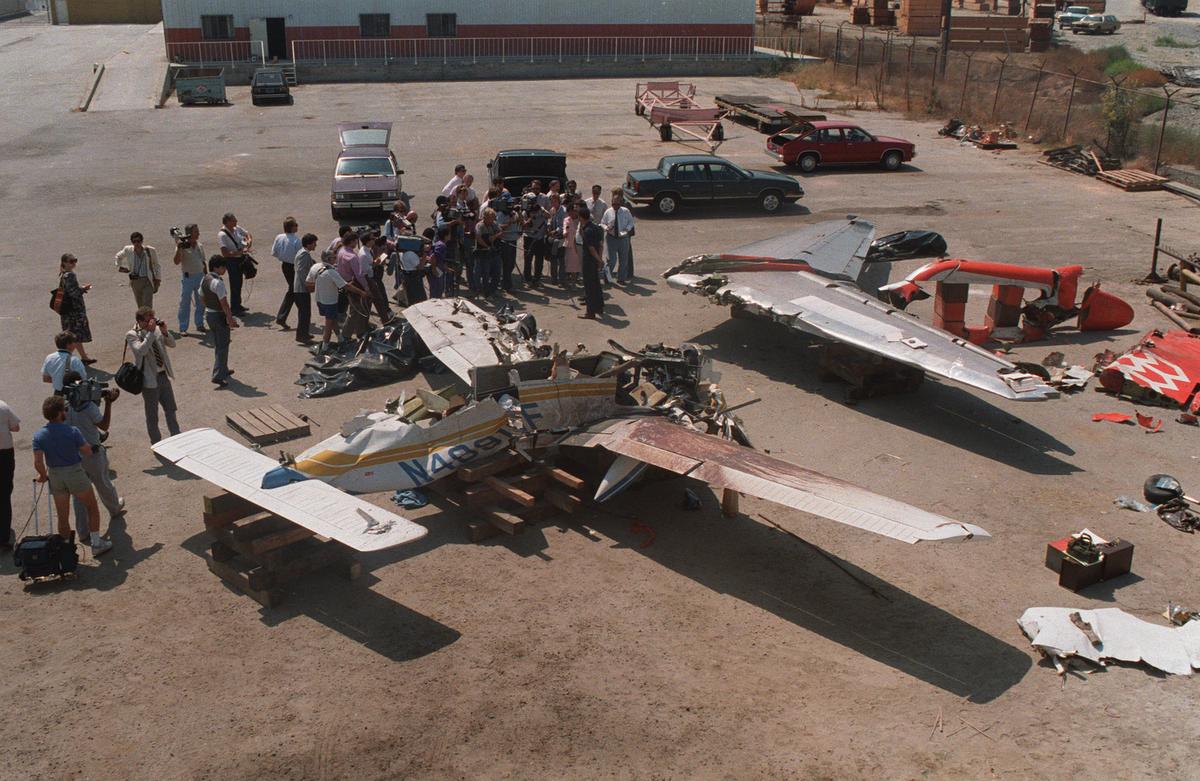
¹ The Piper Archer’s altimeter was recovered and examined. Although the three pointers were missing, traces of paint from the pointers, called “slap marks,” were found on the dial face at positions corresponding to an altitude of 6,560 feet (1,999 meters).
² On 1 September 1986, The New York Times reported, “Bill Gold, a spokesman for the coroner’s office, said an autopsy showed that the pilot suffered the heart attack ‘within minutes before the fatal injuries.’ Mr. Gold said that the cause of death was ‘multiple traumatic injuries received in the crash.’ He said in an interview tonight that it had not been determined whether the heart attack led to the collision. ‘We can’t say whether it caused the collision,’ he said, ‘How severe it was we can’t say because he lived long enough to get the fatal injuries.’ “
In its 2 September 1986 edition, the Los Angeles Times reported, “An autopsy late Monday on the body of the man believed to be the pilot of the archer showed that he had suffered a heart attack just before the collision, according to the Los Angeles County coroner’s office.”
In its accident report, the NTSB quotes from the autopsy report, ” ‘. . . complete proximal occlusion of the right coronary artery.’ ” The NTSB further stated, “The Armed Forces Institute of Pathology (AFIP) also reviewed the autopsy protocol and the heart of the pilot of the Piper. With regard to their examination of the pilot’s heart, the AFIP pathologists found severe coronary atheriosclerosis but ‘no necrosis or other evidence of acute myocardial infarction identified.’ “
© 2018, Bryan R. Swopes
